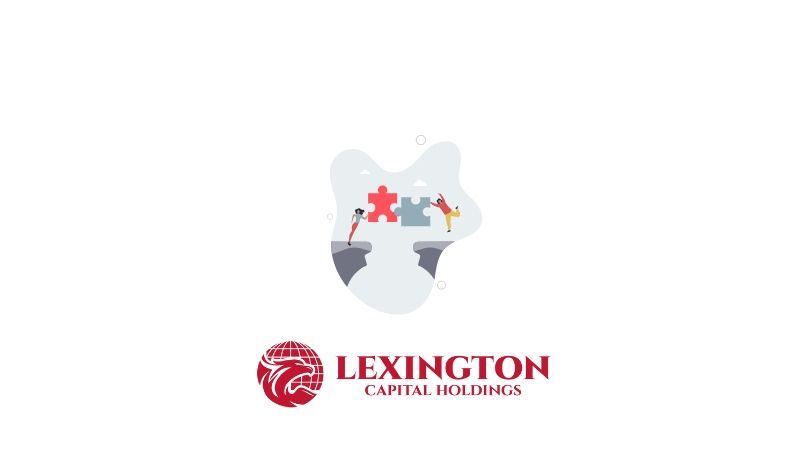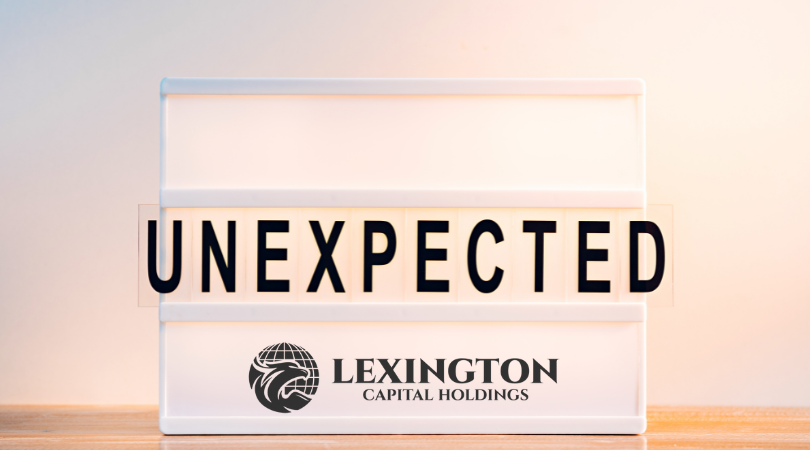Cracking the Code to Success: SMART Goal Setting for Business Triumphs in 2024
Cracking the Code to Success: SMART Goal Setting for Business Triumphs in 2024

As we stand at the threshold of a new year, it's not only a time for reflection but also a moment to strategically plan for the future. One powerful strategy that businesses can adopt for navigating the complexities of the upcoming year is the establishment of SMART goals. Specific, Measurable, Achievable, Relevant, and Time-bound (SMART) goals provide a clear and structured framework, laying the foundation for success and growth. In this article, we'll delve into the significance of SMART goals and provide practical tips on how businesses can leverage this blueprint for a prosperous 2024.
Understanding the Power of SMART Goals
Specific: The Power of Clarity
Specificity is the cornerstone of effective goal-setting. Clearly define what you want to achieve in the coming year. Vague objectives can lead to confusion and hinder progress. For instance, rather than stating a broad goal like "increase revenue," be specific, such as "achieve a 20% increase in monthly sales by Q4 2024."
Measurable: Tracking Progress and Success
Measurability ensures that you can track your progress and assess success accurately. Establish key performance indicators (KPIs) that enable you to quantify your achievements. If your goal is to enhance customer satisfaction, measure it through metrics like Net Promoter Score (NPS) and track the improvements over time.
Achievable: Setting Realistic Targets
While ambition is admirable, goals must also be attainable. Consider the resources at your disposal, potential challenges, and the feasibility of your objectives. Setting achievable goals instills confidence, motivating your team and promoting a sense of accomplishment.
Relevant: Aligning Goals with Your Vision
Ensure that your goals are relevant to your overall business objectives. Each goal should contribute directly to the broader vision and mission of your company. This alignment fosters a cohesive and purpose-driven approach to goal achievement.
Time-bound: Adding a Sense of Urgency
Setting a timeframe for your goals creates a sense of urgency and provides a clear deadline for accomplishment. This could be a monthly, quarterly, or yearly timeline, depending on the nature of the goal. A time-bound approach enhances focus and commitment.
Practical Tips for Implementing SMART Goals
1. Collaborative Goal-Setting: Involve Your Team
Encourage collaboration in the goal-setting process. Involving your team fosters a sense of ownership and commitment. Brainstorm collectively, ensuring that each member understands their role in achieving the set objectives.
2. Regular Review and Adjustments: Stay Agile
Market conditions and business landscapes are dynamic. Regularly review your goals and be willing to make adjustments. An agile approach ensures that your goals remain relevant and adaptable to changing circumstances.
3. Celebrate Milestones: Motivate and Recognize Achievements
Breaking down larger goals into milestones allows for ongoing celebration of achievements. Recognize and reward progress to maintain motivation and boost morale within your team.
4. Invest in Resources: Support Goal Attainment
Ensure that your team has the necessary resources, whether it be training, technology, or additional manpower. Adequate support increases the likelihood of achieving your SMART goals.
5. Leverage Technology: Use Tools for Tracking and Analysis
Explore the myriad of tools available for goal tracking and analysis. Project management software, analytics tools, and performance dashboards can provide real-time insights into your progress, facilitating informed decision-making.
In conclusion, setting SMART goals is not just a strategic exercise but a commitment to excellence. As we embark on the journey into 2024, let SMART goals be the compass that guides your business toward success. With specificity, measurability, achievability, relevance, and time-bound objectives, you'll not only navigate the challenges ahead but also set the stage for a year of meaningful achievements and sustainable growth.

When you apply for business funding, your application goes through a critical stage—underwriting. This is where lenders evaluate risk and determine whether your business qualifies for financing, and under what terms. Understanding what underwriters look for can help you strengthen your application, avoid delays, and increase your approval odds.

Not every business enjoys a steady stream of income. For many companies—especially those in seasonal industries, contracting, or project-based work—revenue can shift dramatically from month to month. These ups and downs are normal, but they can make managing cash flow, payroll, and operating expenses challenging. At Lexington Capital Holdings, we understand that fluctuating revenue doesn’t mean instability—it just means you need the right financial tools to stay balanced and grow confidently.

The Challenge of Hyper-Growth For many startups, growth isn’t the problem—it’s managing it. Rapid scaling demands capital for hiring, marketing, technology, and operations. But too often, founders find themselves cash-strapped right when they need resources the most. Choosing the right financing strategy can be the difference between sustainable growth and burning out too soon.

When it comes to business financing, the terms you secure are just as important as the funding itself. Lower interest rates, flexible repayment schedules, and higher approval amounts can mean the difference between simply surviving and setting your business up to thrive. The good news? Business owners often have more negotiating power than they realize. At Lexington Capital Holdings, we’ve seen firsthand how preparation and strategy can help secure stronger terms. Here’s how you can do the same:

For many businesses, waiting on customer payments can feel like standing still when you’re ready to move forward. Delayed invoices, extended payment terms, or slow collections create cash flow gaps that make it harder to cover expenses, pay employees, or seize new opportunities. The truth is—even successful, profitable companies face this challenge. The key isn’t avoiding it, but managing it strategically with the right funding solutions

Securing business funding is a milestone—but the real impact comes from how you put that capital to work. Every dollar borrowed should fuel momentum, strengthen operations, and generate measurable returns. Unfortunately, too many businesses stop at “getting approved” and miss the chance to maximize their return on investment (ROI). At Lexington Capital Holdings, we believe funding isn’t just about access to capital—it’s about creating opportunity. Here’s how to ensure your financing delivers the highest ROI:

In today’s fast-paced business environment, standing out from the competition requires more than just great products and services—it takes strategy, timing, and smart financial decisions. One of the most overlooked tools in building and maintaining a competitive advantage is business financing. When leveraged correctly, financing doesn’t just help you “get by”; it can actually position your business to outpace competitors and capture new opportunities.

In business, surprises aren’t a matter of if—they’re a matter of when. Whether it’s a sudden equipment breakdown, an unexpected dip in sales, or a market shift that requires quick adaptation, unforeseen expenses can test even the most successful companies. The difference between thriving and struggling often comes down to how well you’ve prepared.

When most business owners hear the word debt, it sparks feelings of stress or risk. But here’s the truth—debt isn’t always a bad thing. In fact, when managed strategically, debt can become one of the most powerful tools to grow, stabilize, and scale your business. At Lexington Capital Holdings, we work with business owners every day who are navigating this very question: Is taking on debt the right move for me? Let’s break down the difference between “good” and “bad” debt so you can make informed financial decisions.

In today’s business world, financing options are everywhere—but choosing the right path can feel overwhelming. From traditional bank loans to alternative lending solutions, the fine print and fast-changing requirements often leave business owners spending more time deciphering funding terms than actually running their businesses. That’s where the value of a dedicated funding advisor truly shines. At Lexington Capital Holdings, we’ve seen firsthand how personalized guidance can transform the funding experience for business owners of all sizes.

